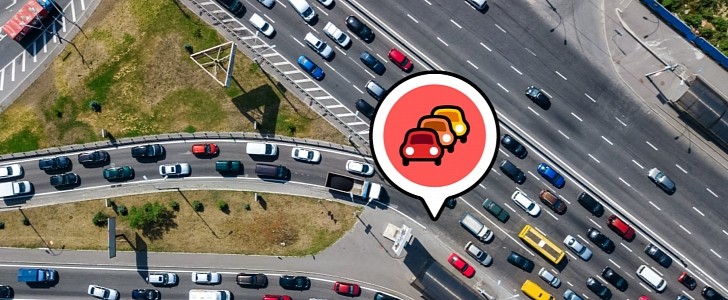Insurance companies are slowly but surely migrating to next-generation approaches to more accurately determine the risk score of a customer, and LOOP has recently embraced an idea that’s supposed to pioneer a new model many are likely to adopt.
LOOP’s new system relies on an advanced system powered by TomTom maps and whose purpose is to determine if a customer typically drives in an area with an increased likelihood of crashes or not.
Called road risk factor, this idea uses a custom map that highlights the historical flow and the traffic density, with all information provided by TomTom. Using an advanced system that also employs machine learning, LOOP then looks at crash data to determine the dangerous roads and figure out if customers are driving on them.
“Driver routes are input into its machine learning model and are referenced against the risk factor of roads driven on. The resulting output of the model is an individual’s risk score, which is computed for each month of the year. This risk score translates to the likelihood an individual driver will experience a crash during the next 30 days, based on their last 30 days of driving,” TomTom explains.
But this isn’t all. LOOP also uses a second concept, this time based on an idea that has already been adopted by others and which employs the mobile device that everybody already has in their pockets.
Using an AI-powered app, LOOP tries to monitor the behavior of drivers behind the wheel, therefore trying to make sure they’re focused on a safe experience. If they’re not, the app suggests all kinds of ways to encourage safer driving, while also recommending routes that avoid the roads with an increased likelihood of crashes.
Just like the rest of driving monitoring apps, LOOP’s implementation looks at things like speeding and harsh braking, eventually generating a score that helps refine the pricing model for each customer.
Called road risk factor, this idea uses a custom map that highlights the historical flow and the traffic density, with all information provided by TomTom. Using an advanced system that also employs machine learning, LOOP then looks at crash data to determine the dangerous roads and figure out if customers are driving on them.
“Driver routes are input into its machine learning model and are referenced against the risk factor of roads driven on. The resulting output of the model is an individual’s risk score, which is computed for each month of the year. This risk score translates to the likelihood an individual driver will experience a crash during the next 30 days, based on their last 30 days of driving,” TomTom explains.
But this isn’t all. LOOP also uses a second concept, this time based on an idea that has already been adopted by others and which employs the mobile device that everybody already has in their pockets.
Using an AI-powered app, LOOP tries to monitor the behavior of drivers behind the wheel, therefore trying to make sure they’re focused on a safe experience. If they’re not, the app suggests all kinds of ways to encourage safer driving, while also recommending routes that avoid the roads with an increased likelihood of crashes.
Just like the rest of driving monitoring apps, LOOP’s implementation looks at things like speeding and harsh braking, eventually generating a score that helps refine the pricing model for each customer.







